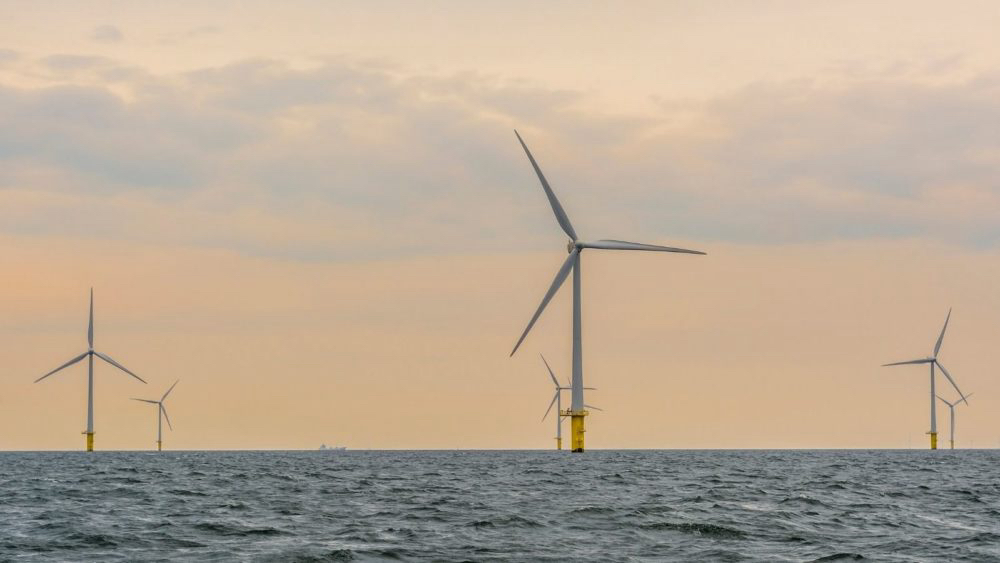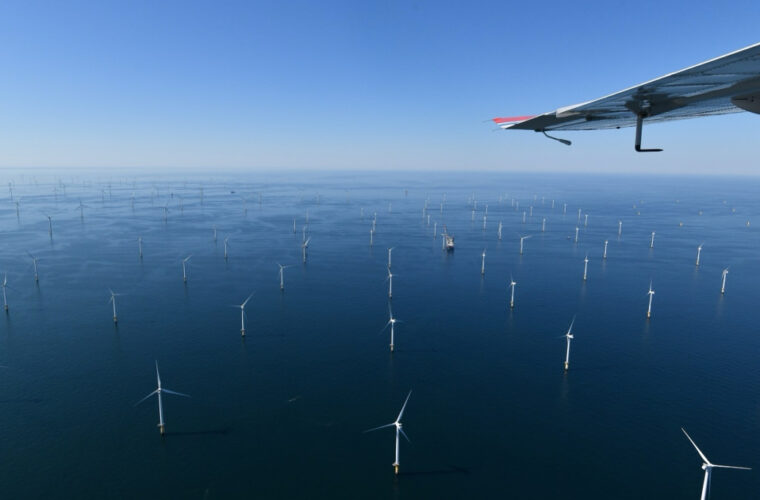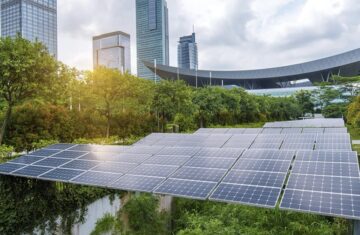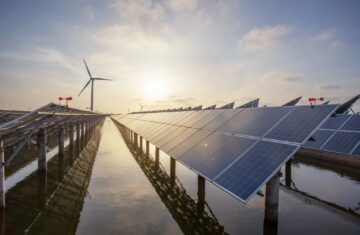According to figures from the Belgian Offshore Platform (BOP), offshore wind farms in the Belgian North Sea accounted for 8.7% of the country’s electricity consumption in 2024. The nine operational wind farms produced approximately 7.07 TWh, enough to meet the annual electricity needs of around 2 million families.
Current Capacity and Ranking
Belgium’s offshore wind capacity stands at 2.26 GW, placing the country fifth in Europe, following the United Kingdom (14.8 GW), Germany (8.85 GW), the Netherlands (4.7 GW), and Denmark (2.7 GW).
Seasonal Production Variability
While 2024 started positively for wind energy production, the summer and autumn months experienced below-average wind conditions, leading to a total output lower than the 8 TWh contributed in 2023.
Future Developments
BOP highlighted plans for three new wind farms in the Princess Elisabeth development zone, which are expected to increase Belgian offshore wind production to 5.8 GW. The public tender for the first 700 MW opened in November, with the winner anticipated to be announced by the end of 2025. Construction of the wind farm must be completed before the end of 2030.
Challenges Ahead
Despite these advancements, BOP pointed out significant challenges facing the sector. Additional developments at sea hinge on two necessary network investments. The Belgian transmission system operator Elia currently lacks a permit for its Ventilus high-voltage connection, hindering the transmission of electricity generated by wind farms. This uncertainty leaves developers uncertain about when new projects will be able to connect to the grid.

Moreover, the slow progress of Elia’s Boucle du Hainaut network reinforcement project remains a concern. BOP criticized Elia’s current solution, which allows for the disconnection of wind farms without compensation, labeling it an “unacceptable and illogical” transfer of risk that increases financial burdens on wind farms and ultimately raises electricity costs. The trade group has called for measures to neutralize the impact of future grid tariff increases within the framework of contracts for difference.



